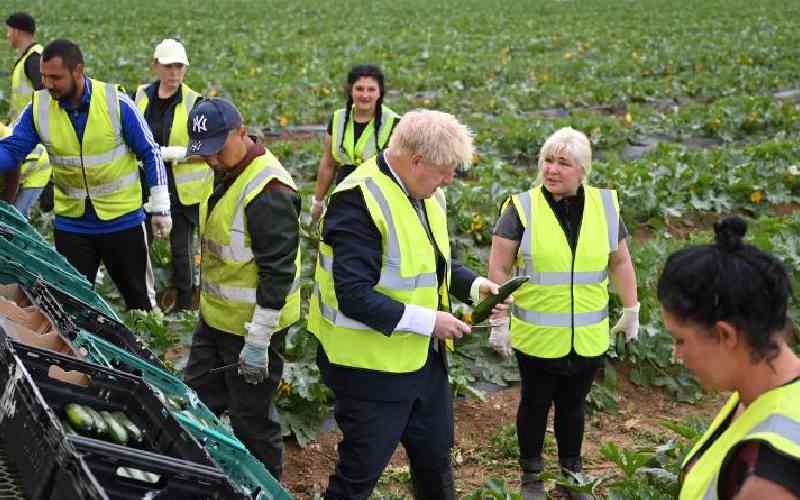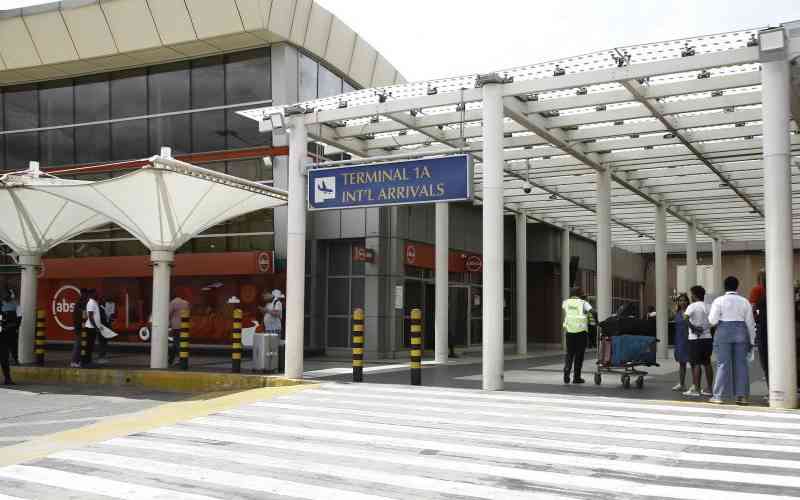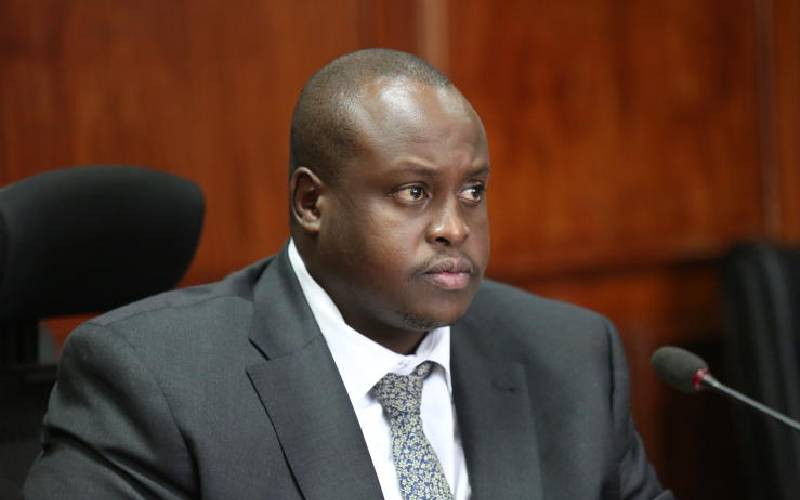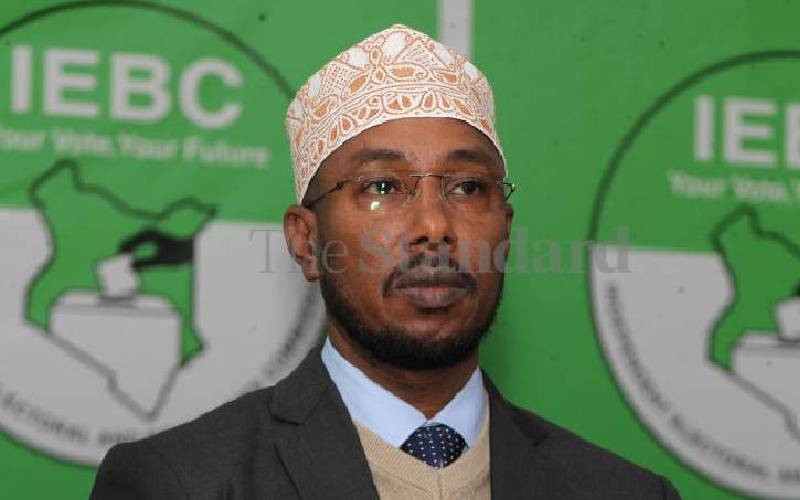By Benson Kathuri
Eleven months ago, President Kibaki and Prime Minister Raila Odinga shared a platform at the Kenya International Conference Centre and promised Kenyans that poverty would be reduced from 40 per cent to 28 per cent.
With TV cameras beaming life signals across the country, the two leaders promised to remain focused and implement the Vision 2030 economic blueprint that would change the lives of most Kenyans for the better.
"Our differences should not be allowed to stand in the way as the Vision is a reflection of the future of this country and also paves the way for the generation that will move this country forward," said Raila before he welcomed the President to launch the strategy on Tuesday morning in June, last year.
"Ordinary Kenyans hope that poverty, illness and illiteracy that have caused them so much suffering will be eliminated and that this should happen in their lifetime".
Their newfound differences now seems to have clouded the vision and people will now closely monitor what the two leading lights in the Coalition Government will do.
Under the Vision 2030 mid-term plan (2008-2012), the Government aimed at realising a higher and sustainable growth of the economy in a more equitable environment, accompanied by increased employment opportunities.
"The Vision 2030 mid-term plan aims at increasing real GDP growth from an estimated seven per cent in 2007 to 7.9 - 8.7 per cent by the years 2009-2010; and to 10 per cent by 2012," said Planning minister Wycliff Oparanya.
"Over the next five years, savings and investment levels are targeted to increase at a high rate in order to support the high economic growth and employment creation envisaged under the plan."
Value addition
Through concerted efforts, the struggling tourism sector is to treble national earnings by increasing international arrivals from 1.6 million to three million, while also increasing the average spending per visitor from Sh40, 000 to 70,000.
Three tourist resort cities are expected to be established in the next five years, one in Isiolo and two at the Coast to enhance bed capacity and improve the standards of tourist accommodation and facilities.
In the agricultural and livestock sectors, the Government intends to boost growth by six to eight per cent as a result of various measures that include a reduction in the cost of farm inputs such as fertiliser.
The programme would also include improving farm prices, providing higher value addition, improved marketing and the implementation of policies to revitalise the sector, while increasing overall agricultural productivity.
The strategy availed to the FJ said the Government will also put under irrigation an additional 1.2 million hectares of land for crop production while five disease-free zones will be established in different parts of the country to improve the health and quality of livestock and to facilitate export of livestock and livestock products into the world market.
Stay informed. Subscribe to our newsletter
"Kenya Vision 2030 is our new long-term development blueprint for the country. "It is motivated by collective aspiration for a much better society than the one we have today, by the year 2030," said President Kibaki during the launch. "I have no doubt that we shall achieve our Vision 2030 aspirations and targets both over the next five years and the long term."
However, the focus seems to have shifted into politics with the reform agenda that is crucial to the implementation of the blueprint taking a back seat.
Analysts are unanimous that the political wrangling was likely to derail the implementation programme and render the document irrelevant. "Should the unfolding situation continue, I see a very bleak future for this country," said Mr Ochieng Mbeo, a former MP and director at the Kenya Sugar Board.
Unfolding scenario
"The Government should now leave the private sector to drive the Vision 2030 just the way US President Barack Obama is pushing the sector to revive their economy."
Considering that the private sector has particularly done well in the manufacturing sector, where the economic strategy aims to increase growth by five per cent points to 10 per cent, Mbeo’s suggestion might work.
However, the Kenya Association of Manufacturers Chairman Vimal Shah differs saying the private sector requires a conducive environment in order to invest.
"The private sector is concerned over the unfolding political scenario and there is a lot of discussion going on among the private sector players," Shah told the FJ in an interview.
 The Standard Group Plc is a
multi-media organization with investments in media platforms spanning newspaper
print operations, television, radio broadcasting, digital and online services. The
Standard Group is recognized as a leading multi-media house in Kenya with a key
influence in matters of national and international interest.
The Standard Group Plc is a
multi-media organization with investments in media platforms spanning newspaper
print operations, television, radio broadcasting, digital and online services. The
Standard Group is recognized as a leading multi-media house in Kenya with a key
influence in matters of national and international interest.
 The Standard Group Plc is a
multi-media organization with investments in media platforms spanning newspaper
print operations, television, radio broadcasting, digital and online services. The
Standard Group is recognized as a leading multi-media house in Kenya with a key
influence in matters of national and international interest.
The Standard Group Plc is a
multi-media organization with investments in media platforms spanning newspaper
print operations, television, radio broadcasting, digital and online services. The
Standard Group is recognized as a leading multi-media house in Kenya with a key
influence in matters of national and international interest.









